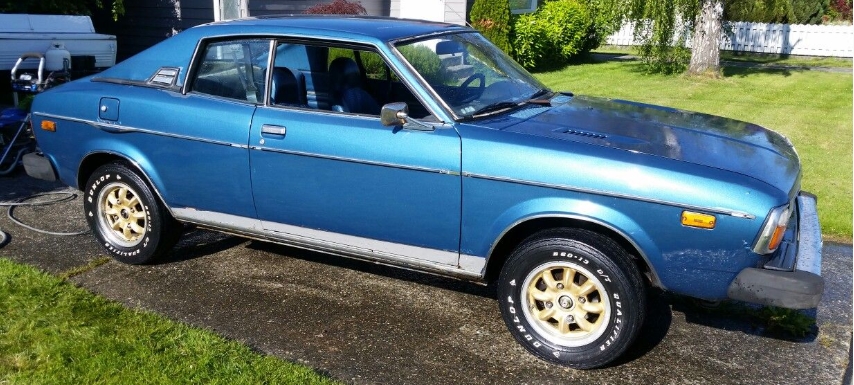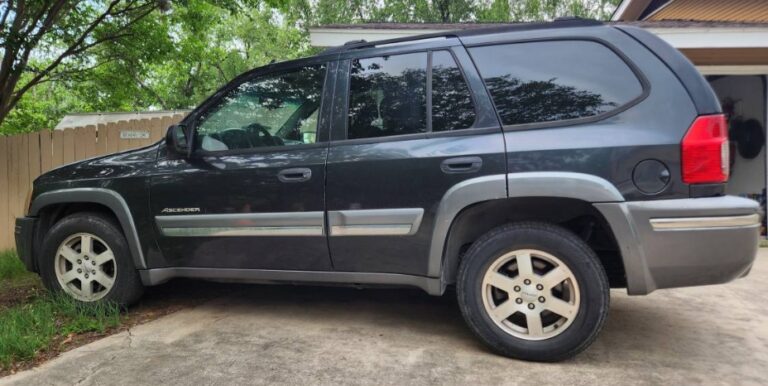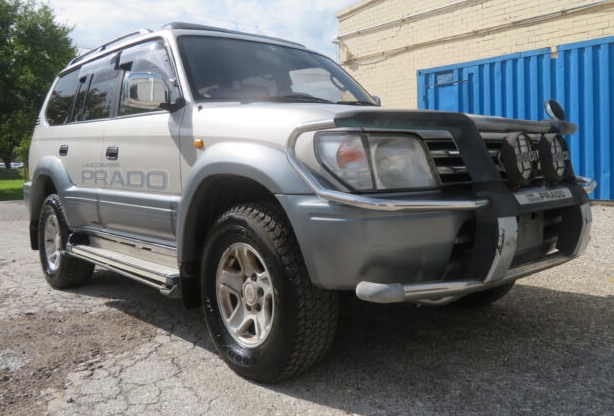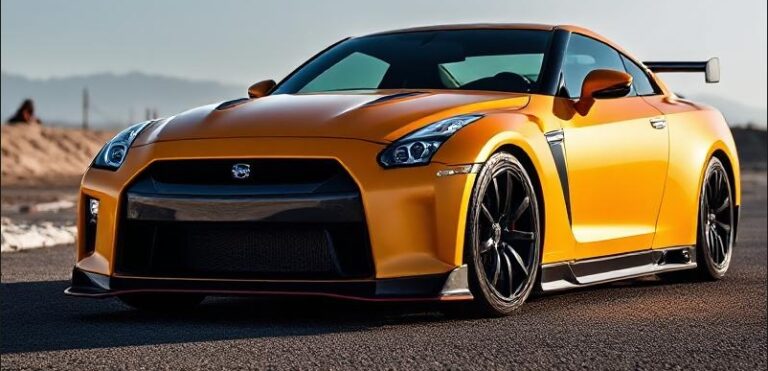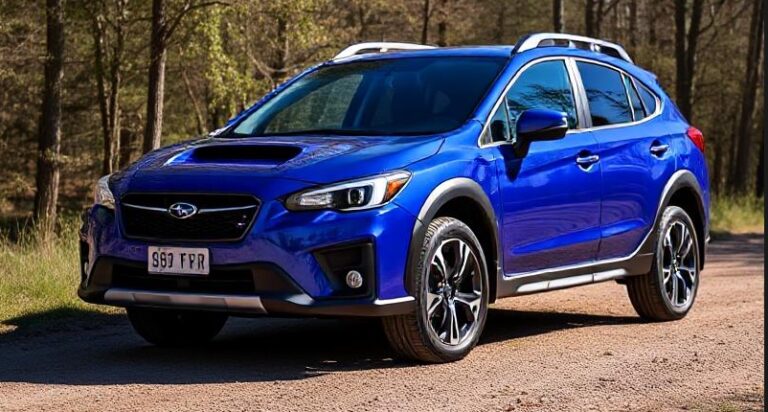The Evolution of the Subaru Leone
The Subaru Leone stands as a significant chapter in the history of Subaru’s global automotive journey. Introduced in the late 1970s, the Leone was Subaru’s first major foray into the compact car segment and played a pivotal role in establishing the brand’s reputation for durable, versatile, and all-wheel-drive capable vehicles. Spanning over two decades, from its debut in 1971 until its discontinuation in 1994, the Subaru Leone underwent numerous transformations, both stylistic and mechanical, adapting to changing market demands and technological advancements. This article offers a detailed chronological overview of the Subaru Leone, covering its production years, model variants, and trim levels.
Introduction and Early Development (1971–1978)
Launch and Initial Models (1971–1978)
The Subaru Leone was first introduced in Japan in 1971 as a compact sedan designed to appeal to a broad audience seeking reliable transportation. The initial model, simply known as the Subaru 1300 or Subaru 1000 (depending on the market), was based on Subaru’s 1000 platform, which featured a front-engine, rear-wheel-drive layout, and a compact size suitable for urban environments.
In 1972, Subaru expanded the Leone lineup with the introduction of a wagon variant, broadening its appeal to families and commercial users. During this early phase, the Leone was offered with a 1.2-liter and later a 1.4-liter flat-four engine, emphasizing economy and simplicity.
Key Features:
- Body styles: Sedan, wagon
- Engines: 1.2L and 1.4L flat-four
- Drive layout: Rear-wheel drive (RWD)
First Generation Subaru Leone (1978–1984)
Introduction of the First Generation (1978)
The first major overhaul of the Leone came in 1978 when Subaru introduced the First Generation Leone (model code: 1st Gen, 1978–1984). This model marked a significant shift, adopting a more modern, aerodynamic design and introducing Subaru’s pioneering all-wheel-drive system to the Leone lineup.
Design and Mechanical Innovations:
- The 1978 facelift featured a more rounded, contemporary body design.
- The introduction of Subaru’s All-Wheel Drive (AWD) system, labeled as Subaru 4WD, made the Leone a pioneer in offering AWD in passenger vehicles.
- Engine options expanded to include a 1.6-liter flat-four engine, with later models offering a 1.8-liter variant.
Models and Trim Levels:
- Sedans: Standard, GL, and GL Deluxe trims.
- Wagons: Base, DL, and DL Deluxe trims.
- Pickup variants: Known as the Subaru Brat in some markets, particularly in the US.
- Special Editions: The Leone 4WD was available in various trims emphasizing off-road capability.
Notable Features:
- Introduction of the EA series engines.
- Availability of automatic and manual transmissions.
- The Leone 4WD became popular for its versatility and ruggedness.
Second Generation Subaru Leone (1984–1991)
Redesign and Market Expansion
In 1984, Subaru launched the Second Generation Leone (1984–1991), characterized by a complete redesign that improved aerodynamics, interior comfort, and safety features.
Design and Mechanical Changes:
- The body was more aerodynamic with smoother lines.
- Introduction of multi-link suspension for improved ride quality.
- The lineup expanded to include sedans, wagons, and hatchbacks.
- The AWD system was refined to improve performance and reliability.
Powertrain Options:
- Continued use of EA series engines, including 1.2L, 1.6L, 1.8L, and later a 2.0L engine.
- Introduction of turbocharged engines in some models, notably in Japan and Europe.
Models and Trim Levels:
- Sedans: DL, DLX, and SR trims.
- Wagons: DL, DLX, and Touring trims.
- Hatchbacks: Available in certain markets.
- Performance models: The Leone RX Turbo emerged, featuring a turbocharged 1.8L engine, catering to enthusiasts.
Special Editions and Variants:
- The Leone Van (panel van) for commercial use.
- The Leone 4WD models remained popular in rural and off-road markets.
Notable Features:
- Introduction of front disc brakes on higher trims.
- The availability of electronic fuel injection in later models.
- The “Leone Turbo” models gained popularity for their sporty appeal.
Third Generation Subaru Leone (1991–1994)
Final Evolution and Discontinuation
The third and final generation of the Subaru Leone was launched in 1991 and remained in production until 1994. This period marked the culmination of the Leone’s evolution with further refinement in design, safety, and technology.
Design and Mechanical Upgrades:
- The body adopted more modern, rounded styling aligning with the early 1990s trends.
- Introduction of front airbags and improved safety features.
- Mechanical improvements included the continuation of the EA series engines, with displacement increases and turbocharged options.
Engines and Performance:
- 1.6L, 1.8L, and 2.0L naturally aspirated engines.
- Turbocharged variants, notably the Leone GT and Leone GT Turbo, with a 1.8L turbocharged engine.
- The Leone RX Turbo continued to be a performance flagship.
Models and Trim Levels:
- Sedan: Base, GL, and GT trims.
- Wagon: Base, GL, and GT trims.
- Hatchback: Limited availability, primarily in Japan.
- Performance models: The Leone GT and GT Turbo were the sporty variants, featuring sportier suspensions, alloy wheels, and turbocharged engines.
Special Editions:
- The Leone 4WD remained an option, emphasizing Subaru’s commitment to AWD technology.
- Limited editions with unique paint schemes and interior features.
Discontinuation and Legacy
By 1994, Subaru replaced the Leone with the Subaru Impreza, which inherited some design philosophies and technological features from the Leone but aimed at a more modern, global audience.
.
THIS is GOOD stuff if your car is in need:

.
Summary of Key Models and Trim Levels
| Generation | Years Produced | Notable Models | Trim Levels & Features |
|---|---|---|---|
| 1st Gen | 1978–1984 | Sedan, Wagon, Pickup (Brat) | Base, DL, GL, GL Deluxe, Special Editions |
| 2nd Gen | 1984–1991 | Sedan, Wagon, Hatchback, Van | DL, DLX, SR, Touring, RX Turbo, 4WD variants |
| 3rd Gen | 1991–1994 | Sedan, Wagon, Hatchback | Base, GL, GT, GT Turbo, RX Turbo, 4WD, Sport editions |
Technological and Cultural Impact
The Subaru Leone’s significance extends beyond its immediate specifications. It was instrumental in popularizing Subaru’s AWD technology in passenger cars, especially in markets like Japan, North America, and Europe. Its ruggedness, practicality, and adaptability made it a favorite among outdoor enthusiasts, rural communities, and those seeking reliable, all-weather transportation.
The Leone also laid the groundwork for Subaru’s later success with models like the Subaru Impreza and Legacy, which continued to emphasize AWD and durability. The Leone’s various trims, including sportier turbocharged variants, showcased Subaru’s commitment to offering diverse options catering to different customer needs.
Conclusion
The Subaru Leone’s evolution from its modest beginnings in the early 1970s to its final iterations in the mid-1990s reflects a period of significant technological advancement and market adaptation. Throughout its production run, the Leone maintained a reputation for reliability, versatility, and pioneering all-wheel-drive technology, making it a cornerstone of Subaru’s history.
From its initial rear-wheel-drive models to the sophisticated, turbocharged variants of the early 1990s, the Leone exemplified Subaru’s commitment to innovation and practicality. Today, the Leone is remembered fondly by enthusiasts and collectors, appreciated for its role in shaping Subaru’s identity as a maker of durable, capable vehicles suited for all terrains and weather conditions.
